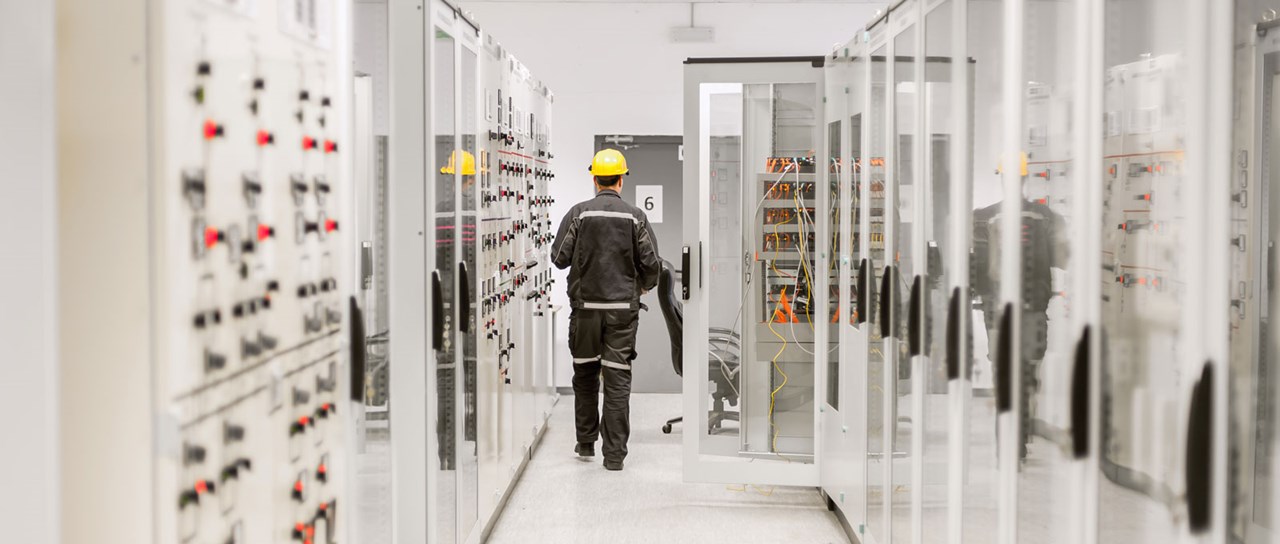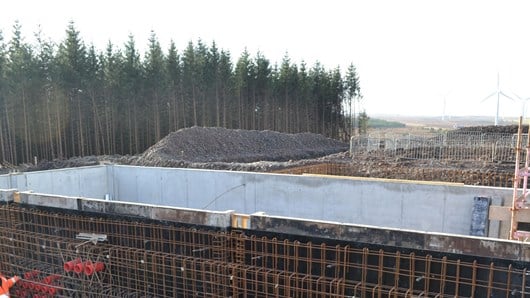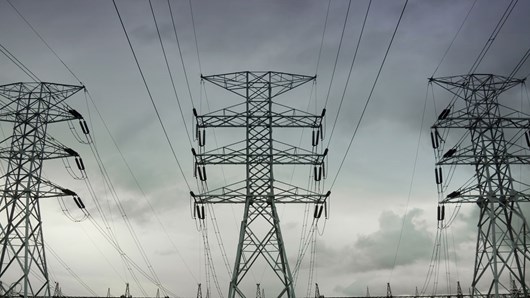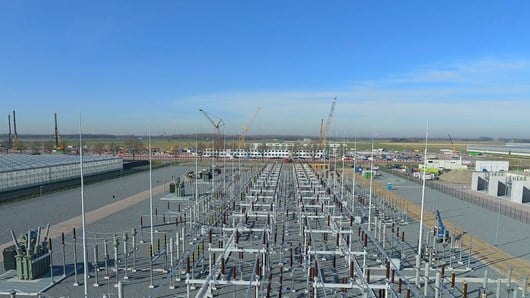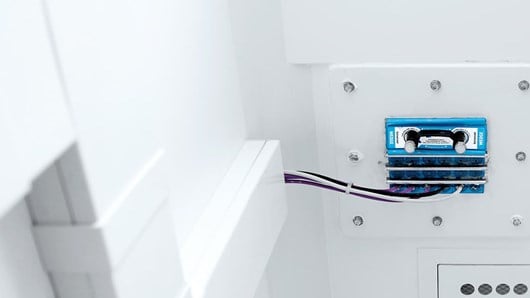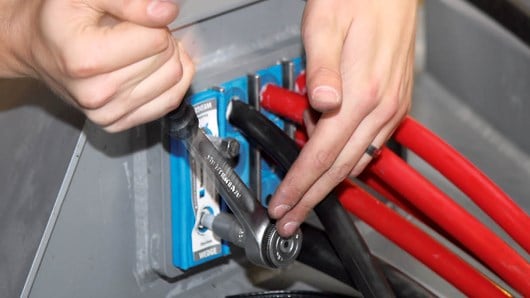How to ensure a safe and secure transmission and distribution of electricity? The recipe is to add expertise, commitment and innovative solutions early in the substation design phase.
Between the production plant and the end-user of electricity, there is an entire system of transmission and distribution with the purpose of guaranteeing reliable supply. Power networks are generally divided into high level transmission of power that are stepped down onto the local distribution network. Traditionally distribution networks were only powered from one side, but today with localized generation, power also enters the network at a local level.
The role of substations
Substations are part of the transmission system. Their role is to transform the voltage level from higher to lower or vice versa. When building and putting such a substation into operation, it is necessary to perform a series of projects to meet different laws and local and international standards.
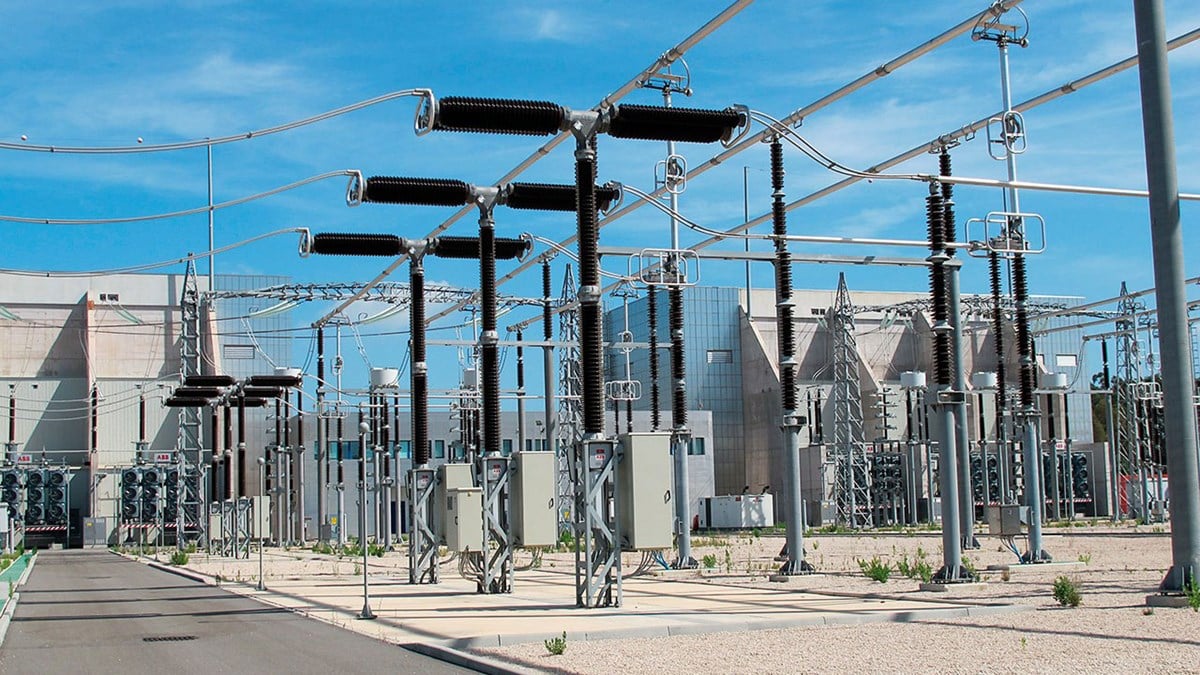
Substation design steps
- Design of an earthing and bonding system.
- Design of the layout of the substation. A substation layout mainly consists of arranging switchgear components according to function and rules of spatial separation. This includes positioning of equipment, bus design, design of manholes, conduits and auxiliary A/C power system as well as selection of D/C batteries, battery charger and other auxiliary systems.
- Engineering support for licensing and permitting. This includes preparation of drawings checked by professional engineers, testifying at public hearings at the municipality concerned by the plan for the plant, ordering of noise and EMC studies and selecting means of mitigation, if needed.
- Civil and structural design.
- Equipment specification and ordering. Since specification of major equipment is one of the most critical tasks in substation engineering, there are many details.
How to manage step 5
A major challenge for designers and contractors is the specification and ordering of high quality and durable seals for cables and cable protection pipes at entries to substations and within substations.
The solution is to use mechanical modular-based sealing systems. This improves performance and increases efficiency regarding project costs, timing and delivery. Providing complete water- and gas-tightness, the mechanical systems also prevent unwanted odors and the entry of insects and small animals.
Cost-efficient solutions
The use of modular-based sealing systems is cost-efficient from day one. They simplify planning and design, accelerate assembly and reduce the need for supplies, materials and logistics. This enables maintenance departments to perform upgrades onsite and resolve unforeseen situations concerning dimensions, numbers or materials of cables or pipes. Long-term savings are not questionable: re-installable sealing systems allow users to save time and money during the lifetime of the substation.
Digital tools such as online sealing configuration applications also help reducing risk by ensuring that decisions regarding cable and duct sealing are taken during the design phase – and not in the field.

